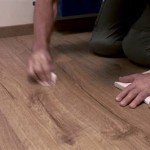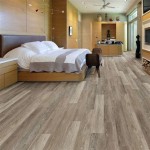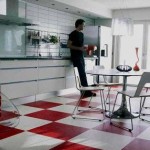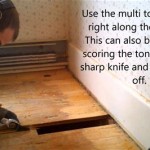Flat Roof Terrace Flooring: Choosing the Right Material for Your Outdoor Oasis
A flat roof terrace can transform your home, adding a valuable outdoor living space where you can enjoy dining, relaxing, or entertaining guests. However, choosing the right flooring for your terrace is crucial for both aesthetics and functionality. Flat roof terraces present unique challenges due to their exposed location, potential for water damage, and weight restrictions. Selecting the appropriate flooring material ensures your terrace remains durable, safe, and aesthetically pleasing for years to come.
Key Considerations for Flat Roof Terrace Flooring
Several factors must be considered when selecting flooring for a flat roof terrace. These include:
- Weight Restrictions: Flat roofs often have weight limitations to prevent structural damage. The chosen flooring material, including any underlayment, should be lightweight to avoid exceeding these limits.
- Drainage: Proper drainage is essential on flat roofs to prevent water pooling and potential leaks. Flooring should allow for water runoff and be installed with a slight slope to facilitate drainage.
- Weather Resistance: Flat roofs are directly exposed to the elements. Flooring materials should be resistant to UV rays, rain, snow, and temperature fluctuations to prevent fading, cracking, or warping.
- Slip Resistance: Terrace flooring, especially near pools or wet areas, should have a slip-resistant surface to ensure safety.
- Aesthetics: The chosen flooring should complement the style and design of your home and create the desired ambiance for your terrace.
Popular Flooring Options for Flat Roof Terraces
Numerous flooring materials are suitable for flat roof terraces, each with its own advantages and disadvantages.
1. Decking
Decking is a popular and versatile option for flat roof terraces. It offers a natural look and feel, comes in various wood types and finishes, and is generally easy to install. However, wood decking requires regular maintenance, including staining or sealing to prevent rot and decay. It can also be susceptible to moisture damage if not properly installed.
2. Composite Decking
Composite decking combines wood fibers with recycled plastic, creating a material that is durable, low-maintenance, and resistant to moisture, fading, and insect damage. It comes in various colors and textures to mimic the look of natural wood. However, composite decking can be more expensive than traditional wood decking.
3. Tile
Ceramic, porcelain, or stone tiles are durable, low-maintenance, and aesthetically versatile. They can be cleaned easily and are resistant to moisture, mold, and mildew. However, tiles can be heavy, requiring a strong subfloor to support their weight. They can also crack or break if exposed to extreme temperature fluctuations.
4. Concrete
Concrete is a durable and cost-effective flooring option for flat roof terraces. It can be stained or painted to create different colors and patterns. Concrete is extremely resistant to moisture and weather damage, making it suitable for high-traffic areas. However, it can be difficult to install and may require professional expertise. It can also be prone to cracking if not properly reinforced.
5. Rubber
Rubber flooring is an increasingly popular choice for flat roof terraces due to its durability, slip resistance, and cushioning qualities. Rubber tiles or mats can be installed easily and are available in various colors and patterns. They are also highly resistant to water damage and are easy to clean. However, rubber flooring can be relatively expensive compared to other materials.
Other Important Considerations
Beyond the flooring material itself, other factors need consideration for a successful flat roof terrace:
- Subfloor: A solid and even subfloor is essential for supporting the weight of the flooring and mitigating potential movement.
- Drainage System: An effective drainage system is critical to prevent water damage. It should include a slope to facilitate water runoff and drains to carry away excess water.
- Underlayment: An underlayment layer can help to protect the flooring from moisture, provide additional cushioning, and improve insulation.
- Accessibility: Ensure easy accessibility for maintenance and repairs by including walkways or access points.
By carefully considering these factors and choosing the right combination of flooring materials and installation techniques, you can create a beautiful and functional flat roof terrace that enhances your home for years to come. Consulting with a qualified contractor is recommended to ensure the proper installation of the flooring and any necessary supporting structures.

Roof Terrace Flooring Systems Lightweight Paving

Terrace Waterproofing Balcony Flooring Waterproof

4 Key Considerations For A Roof Deck With Tiles Duradek

4th Floor Roof Terrace Hydro Stop With A Tile Design In The Heights Houston Tx Roofing Contractors Repair

Flat Roof Tiles Super Cool At Rs 39 Sq Ft Tile In Coimbatore Id 26036123948

Terrace Floor Tiles And Balcony With Heat Resistant Properties

Kala Kunststoffe Flat Roof Systems Terrace

Flat Tile Clay Weathering Tiles Terrace Roof Thickness Up To 14 Mm At Rs 50 Square Feet In Chennai

Decks Over Roofs Jlc

Sliding Rooflight To Delightful Outdoor Terrace In Chelsea
Related Posts








